1988 Panther Solo 2
- Story Cars
.png/v1/fill/w_320,h_320/file.jpg)
- Mar 12
- 2 min read

The Panther Solo 2 was a radical reinvention of the original Solo 1, reflecting Panther’s shift toward a more sophisticated, high-performance sports car. With its turbocharged, 16-valve, 2.0-liter Cosworth engine, four-wheel drive, and aerospace-inspired composite construction, the Solo 2 was poised to take on some of the most respected names in the performance car world. However, while it impressed on paper, its troubled development meant it never reached its full potential.
Initially conceived as a mid-engined two-seater with a transverse Ford Escort XR3i powertrain, the first Solo struggled to compete with the newly launched Toyota MR2, which was faster, more affordable, and backed by a global automaker. Recognizing this, Panther’s owner Young Chull Kim pivoted toward a more premium, high-performance approach. The Solo 2 would instead use a longitudinally mounted, turbocharged Ford Sierra RS Cosworth engine and four-wheel drive, aiming for the likes of the Porsche 944 Turbo rather than the MR2.
To support its newfound ambitions, the Solo 2 featured a sophisticated chassis and body design:
Chassis: A space frame lower body made of steel, with an upper structure of aluminum honeycomb sandwiched between multiple layers of glass fiber composite, bonded with aerospace adhesives.
Aerodynamics: Developed in collaboration with March Engineering, the bodywork incorporated an F1-style rear wing, multiple air ducts for cooling, and an overall drag coefficient of 0.33 Cd—a balance between downforce and efficiency.
Suspension & Brakes: The car used Escort-derived front struts, while the brakes came from the Ford Scorpio, equipped with ABS.
Performance & Powertrain
Engine: 2.0L turbocharged Ford Sierra RS Cosworth inline-4
Power Output: 204 hp @ 6000 rpm
Torque: 200 lb-ft @ 4500 rpm
Transmission: Borg-Warner T-5 5-speed manual
Drivetrain: Ferguson four-wheel drive system, incorporating modified Ford XR4x4 differentials
The Solo 2’s all-wheel drive system was meant to provide exceptional traction, but it suffered from a major weak point—its custom-built transfer box was chain-driven, and under heavy loads, the chains had a tendency to self-destruct.
Despite its promise, the Solo 2 never became the game-changer Panther had hoped for. The use of advanced composites made production expensive and complicated, and the unreliable drivetrain components proved problematic. The company ultimately produced between 12 and 25 cars, with most being sold to private owners. Two were destroyed, while one remains in Panther’s possession.
As of 2020, 11 known examples survive in the UK, though most are registered as SORN (off-road status).
The Panther Solo 2 remains an intriguing "what if" in sports car history—a bold, high-tech vision that ultimately struggled to overcome its development hurdles.


































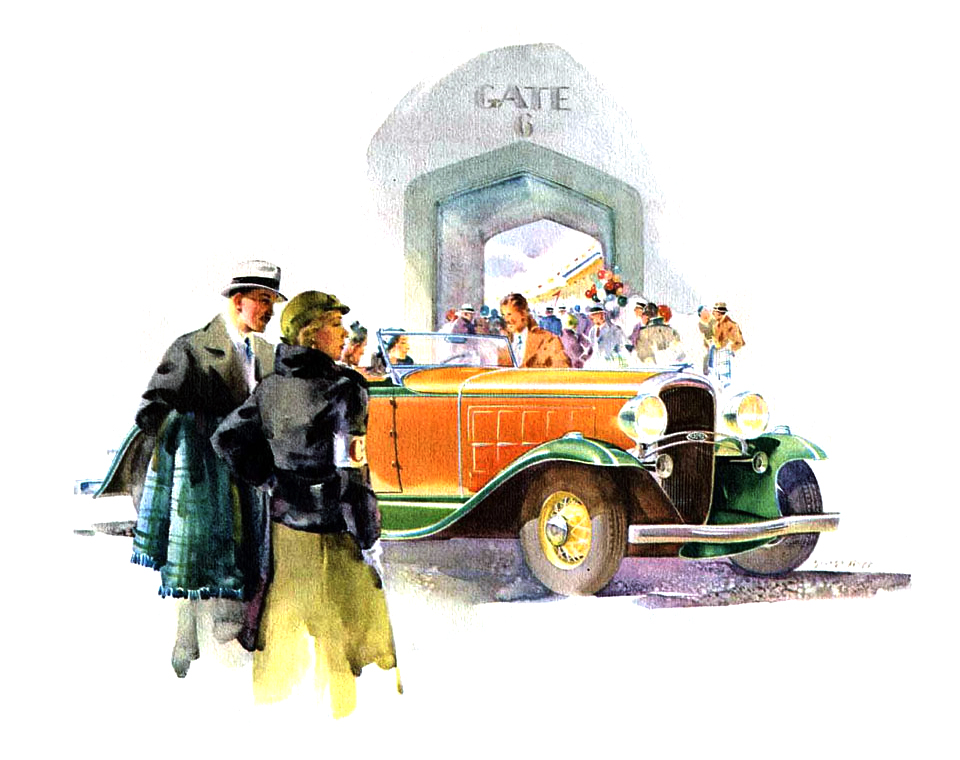
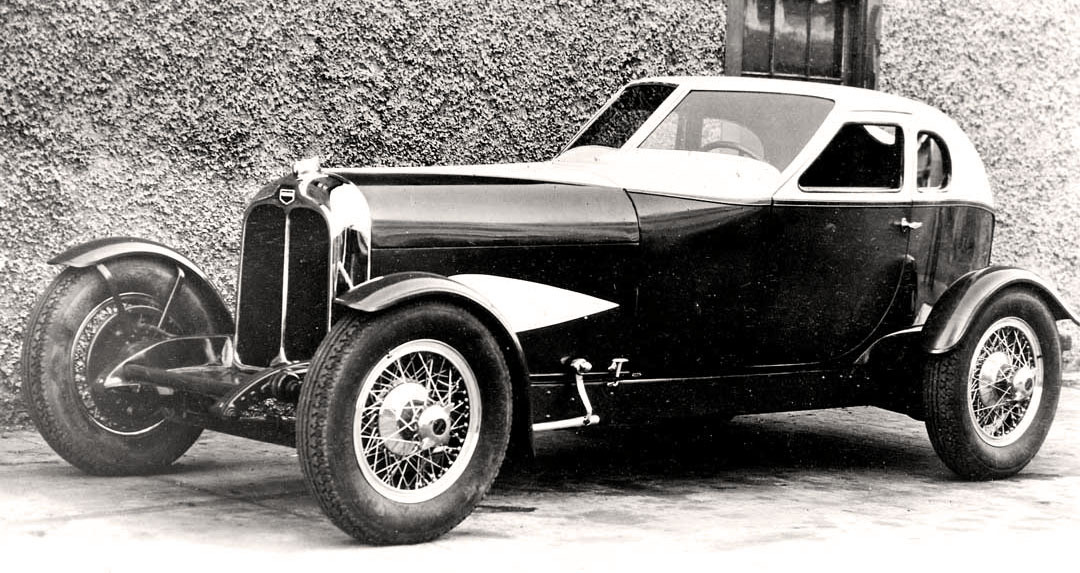







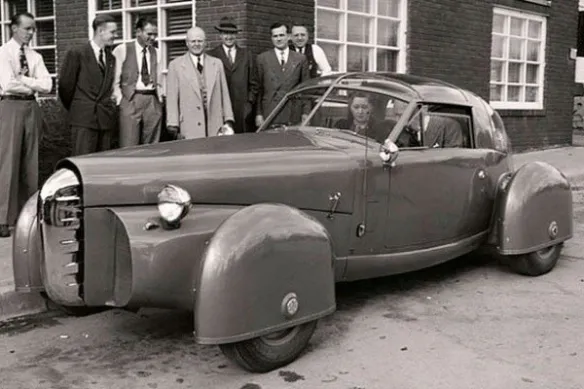



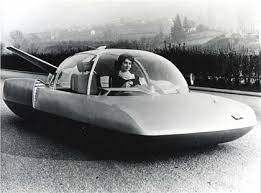

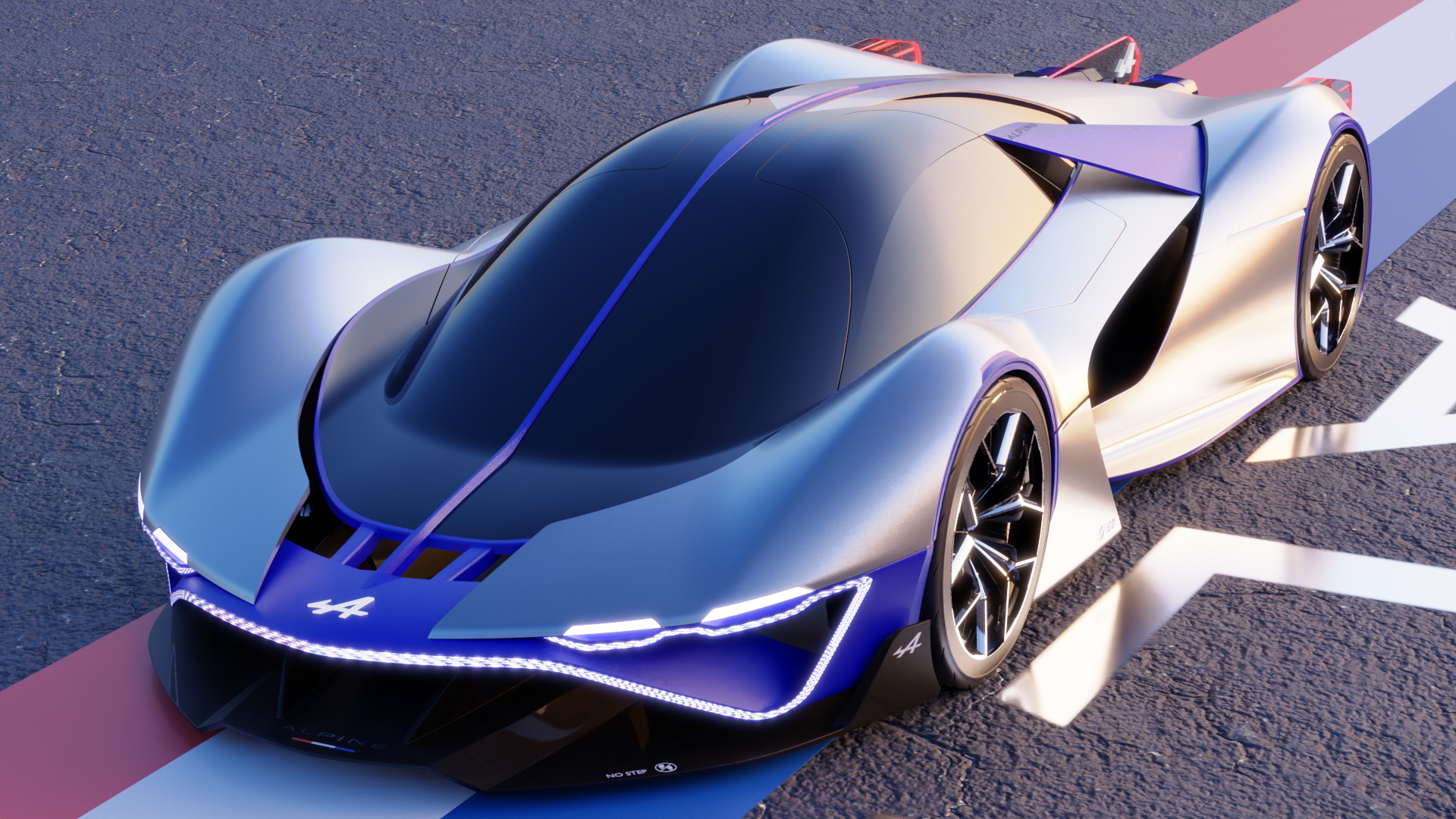
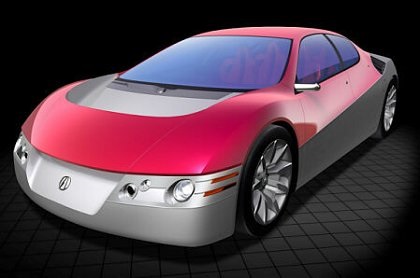

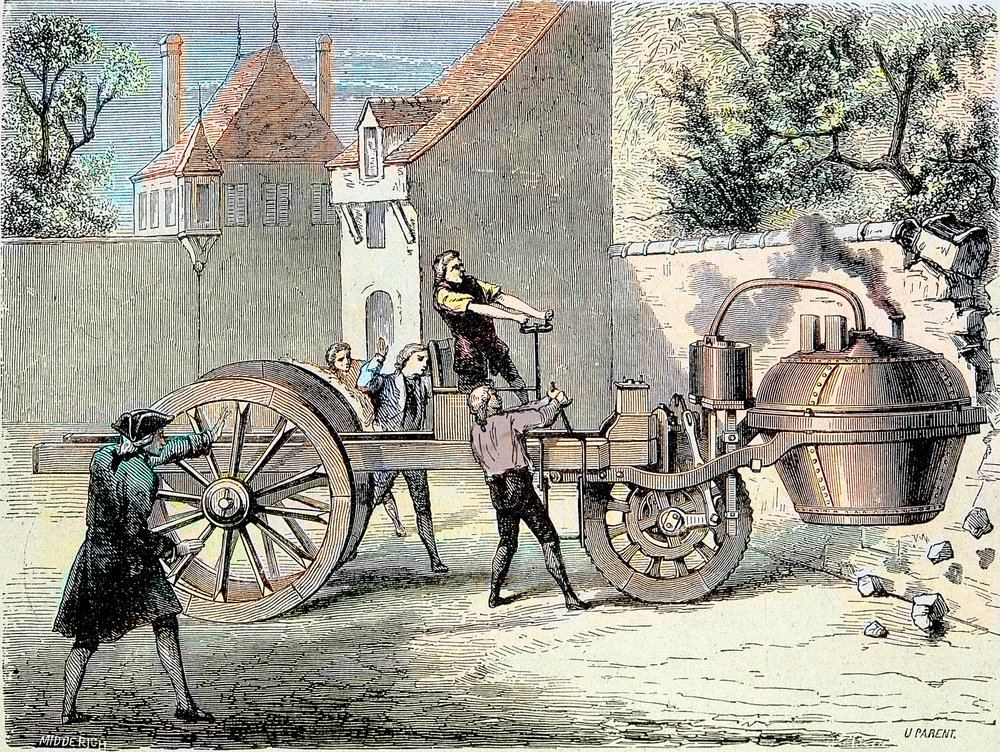
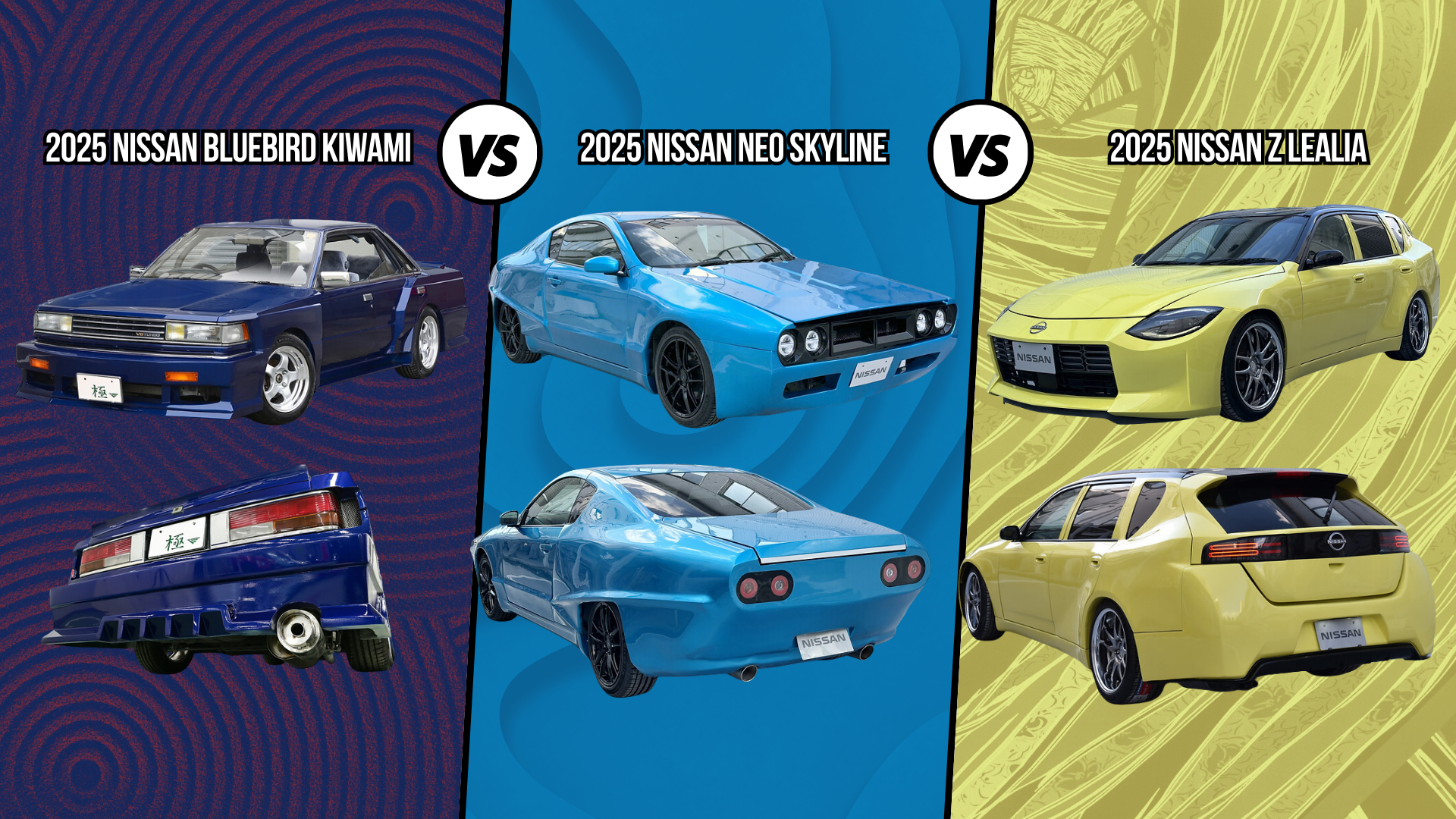
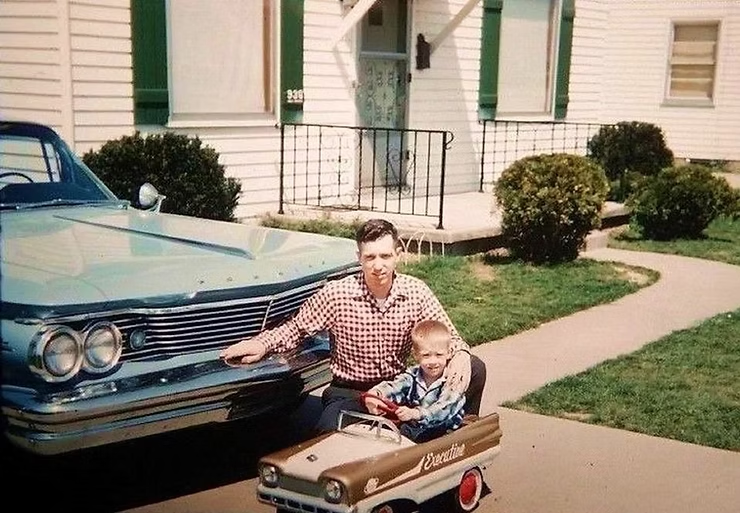
Comments